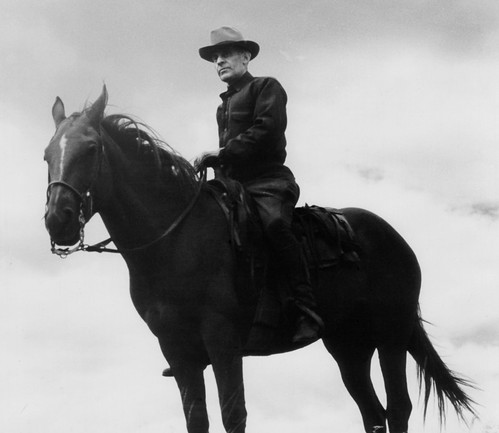
Imagine men mounted on horses, armed with rifles and sidearms, patrolling millions of acres of public land. These men were typical U.S. Forest Service rangers over a century ago. This is how the Forest Service first approached forest management.
Forest Service historian Dr. Lincoln Bramwell recently shared the history of the Forest Service to the agency’s Class of 2011 Presidential Management Fellows, a federal government leadership development program.
Early European settlers approached the abundant forests in the United States as a source of resources, but also as an obstacle to their preferred agricultural use, said Bramwell.
In 1891, the Forest Reserve Act gave U.S. Presidents authority to reserve forested land from the public. Gifford Pinchot, the first Forest Service Chief, was personal friends with President Theodore Roosevelt, a proponent of public lands, and convinced him to allow trained foresters in the Department of Agriculture to manage national forests.
From the Forest Service’s creation until 1939, the agency focused management primarily on timber, range, and fire. During World War II, the Forest Service supported the war effort by providing timber, and after the war, the agency supplied the suburban housing construction boom.
After the mid-20th century, the United States began undergoing major cultural and policy changes. The 1960 Multiple Use-Sustained Yield Act mandated that the Forest Service equally manage: outdoor recreation, range, timber, watersheds, and fish and wildlife.
From 1945 to 1953, the average number of annual visits to national forests increased from 10 million to 35 million. Additional legislation also helped shape attitudes toward forest management, and placed the federal government as a regulator of the environment.
National forest management has come a long way since forest rangers primarily patrolled forests about a century ago. Today, the Forest Service manages 193 million acres of national forests and grasslands, and serves as the world’s top conservation organization with its broadened mission that includes resource protection, research, state and private forestry, and international forestry.
